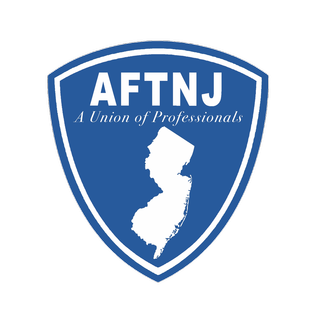By Sergio Bichao
The highest paid employee at Rutgers University is not the institution’s president or even the head football coach.
That distinction belongs to Robert Heary, a surgeon at the university’s teaching hospital in Newark, who earned $3.14 million — a majority of which comes from practicing medicine, not tuition or state money.
In fact, all but seven of the 69 employees who earned more than $500,000 last year are faculty members or administrators at the university’s medical schools. Three of the 17 Rutgers employees who got million-dollar paychecks are athletic coaches. University President Robert Barchi got $650,000.
The July 2013 state higher education restructuring, which led to the breakup of University of Medicine and Dentistry of New Jersey and the merger of Rutgers with Robert Wood Johnson Medical School in Piscataway and New Brunswick and the New Jersey Medical School in Newark, created a bigger, more expensive bureaucracy with a payroll last year of $1.58 billion. The payroll was $876 million in 2012.
But the real story of Rutgers’ massive payroll may not be at the top, but at the bottom. Half of the 24,829 workers collecting paychecks from Rutgers earned less than $50,000 last year, according to a review of salary data by MyCentralJersey.com.
Many of the lowest-paid workers at Rutgers are the faculty members teaching the state university’s 65,500 students. The median gross salary last year of the more than 2,400 part-time lecturers at Rutgers was $8,727, according to the data review.
[…]The faculty union, the Rutgers Council of the American Association of University Professors and American Federation of Teachers (AUUP-AFT), and the university are set to negotiate terms for a new adjunct contract.
“Most students and families have no idea that the immense majority of classes are taught by academic instructors off the tenure track,” said Joe Richard, a project organizer for Rutgers AAUP-AFT. Some of these PTLs teach four classes a semester and have no chance at tenure and don’t have the resources for research and professional development. Imagine every three months having to apply for your job. It’s outrageous.”
More>>




